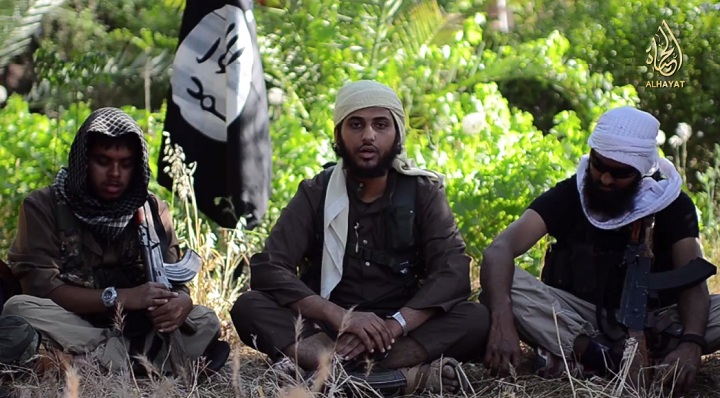OTTAWA – The federal government is seeking parliamentary approval to join an American-led campaign of airstrikes against elements of the Islamic State of Iraq and the Levant in northern Iraq. Here’s a look at some of the events that led to the mission.

December 2011: U.S. President Barack Obama toasts the withdrawal of American troops from Iraq, saying, “We’re leaving behind a sovereign, stable and self-reliant Iraq.”
Summer 2012: The president refuses to get drawn into Syria’s civil war.
Aug. 21, 2012: Obama draws a “red line” for Syria’s Basher Assad. He says he could get involved in Syria if he sees chemical weapons being used in the conflict.
Spring 2013: Evidence of atrocities against civilians begins to emerge in Syria, including use of chemical weapons.
August 2013: Obama announces the possibility of “limited airstrikes” against Assad.
December 2013: Nearly 700 people have been killed amid infighting between Syrian rebel groups. ISIL, a hard-line, puritanical splinter from al-Qaida, increasingly dominates the opposition and looks to spread its influence into northern Iraq.
Jan. 3, 2014: Flush with foreign fighters, cash, and control of a swath of eastern Syria, ISIL seizes control of the Iraqi cities of Fallujah and Ramadi, and promises to protect Sunnis from the Shia-dominated government in Baghdad.
June 2014: ISIL seizes control of Mosul, Iraq’s second-biggest city. Iraqi soldiers flee, leaving behind valuable U.S.-supplied equipment. Minority groups report massacres and other atrocities.
June 19: Obama sends 300 American military advisers into Iraq, to help plan possible airstrikes.
Aug. 7: Obama authorizes airstrikes in areas including the oil-rich Kurdish region and areas where minority groups face a critical threat, including stranded Yazidi people on Mount Sinjar.
Aug. 10: Canada announces an additional $5 million in humanitarian aid for stranded Iraqis, and has spent $16 million in the country since the beginning of the year.
Aug. 19: ISIL releases the first of two gruesome videos that purport to show American journalists being beheaded, supposedly in retaliation for U.S. airstrikes.
Sept. 3: Obama sends 350 more military personnel to protect American facilities and workers in Iraq. They will not have a combat role.
Sept. 5: Canada authorizes the deployment of up to 69 special-operations soldiers to Iraq, to play an advisory role that will be reviewed after 30 days.
Sept. 10: Obama drastically expands the fight against ISIL. He says airstrikes will spread to Syria, and a U.S.-led coalition will hit terrorists “wherever they are.”
Sept. 26: British House of Commons votes in favour of joining the air campaign.
Sept. 29: British war planes conduct their first strikes.
Oct. 3: Prime Minister Stephen Harper tells Commons he wants Canada to take part in airstrikes in Iraq, and possibly Syria, and extend the timeline for special-forces “advisers” in Iraq. The New Democrats and Liberals stand opposed.



Comments